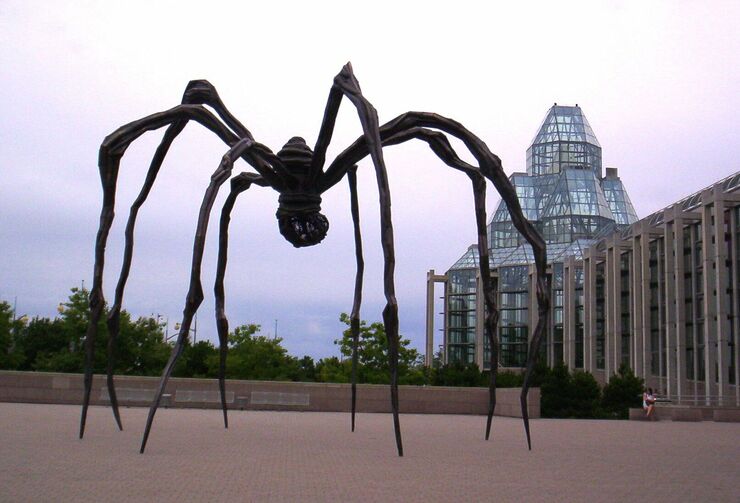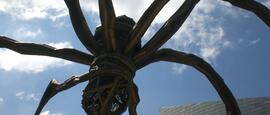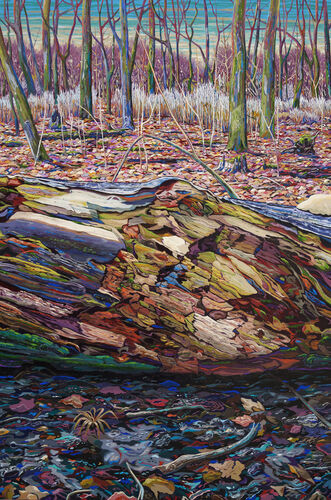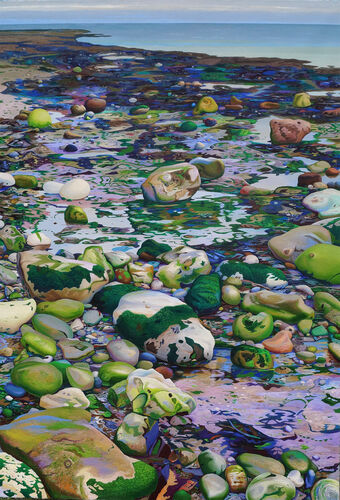More on the subject Louise Bourgeois

The Spider, a loving predator: Bourgeois' great triumph
In 1999, Louise Bourgeois received the Golden Lion for her life's work at the Venice Biennale − yet she had not even created her most famous work. She devoted an entire decade to researching the mother figure, culminating in the monumental spider sculpture Maman. This and its six casts fascinate viewers worldwide.
»Drawings are thought feathers«
Louise Bourgeois is one of the most famous artists of the 20th century. Her large-format spider sculptures are particularly associated with her. However, the artist's early works are primarily drawings. These were psychologically and artistically essential for Bourgeois, which is why she drew them daily until the end of her life.
Dive deeper into the art world
»Drawings are thought feathers«
Louise Bourgeois is one of the most famous artists of the 20th century. Her large-format spider sculptures are particularly associated with her. However, the artist's early works are primarily drawings. These were psychologically and artistically essential for Bourgeois, which is why she drew them daily until the end of her life.
Staged Realities
For the first time in over 25 years, there is another major exhibition on Jeff Wall in Canada: the Museum of Contemporary Art Toronto is presenting over 50 works by the renowned artist in Jeff Wall Photographs 1984–2023. The exhibition runs until March 22, 2026.



















